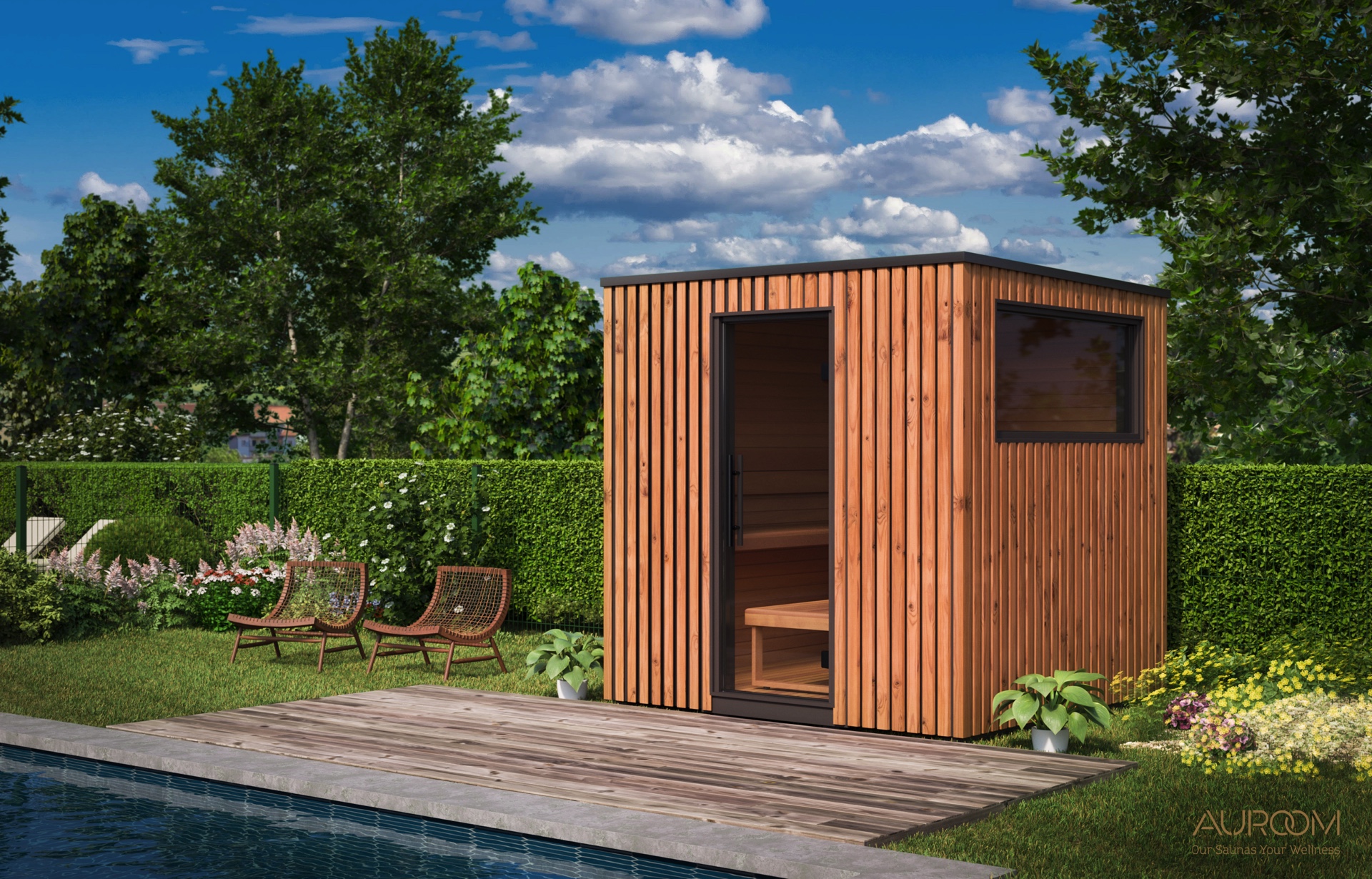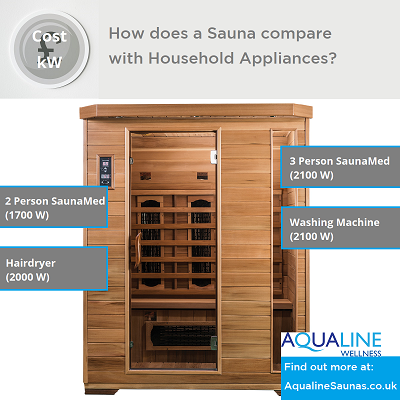
Planning your build is the definitely the most important aspect, get it wrong here and you could be in for a frustrating or expensive experience.
Tools:
The basic tools you will need for this DIY job include: a hammer, saw, spirit level, measuring tape, sanding block, chisel, screwdriver, stapler, pliers, nail punch, circular saw, and an electric drill. It is possible to order a sauna kit pre-cut to your specification if you don’t have access to the necessary tools.
Location:
Don’t feel that you’re restricted with the choice of location for your sauna, many people have saunas outdoors as well as inside. Building an outdoor sauna come at a higher cost when you include the cost of running electrical wiring to the sauna site as well as the added expense of building a suitable base. With an outdoor sauna, you must also make sure there are no local by-laws in your area that restrict the size and location of your outdoor sauna.
If you opt to build an indoor sauna near your bathroom, you can use the bathroom shower facilities to cool off. Indoor home saunas also give you added privacy and eliminate the need to build a reinforced foundation as this will already be in place.
Size:
Once you’ve identified the space you’re going to use you need to decide on the dimensions of the sauna.
It’s worth using chalk to draw rough dimensions on the floor where you’re planning to build the sauna to give you a better idea of how the room will look once the sauna is installed.
The larger your sauna the larger the heater you’ll need. Remember a domestic power supply will normally only allow you to use a heater rated at up to 9kW. A 9kW heater will adequately heat an area of up to 14m³ so ensure your sauna is no larger than this.
All sauna heaters have minimum safety distances so you’ll need to take these into consideration when planning the layout.
A sauna height of 2000mm for the ceiling should not be exceeded, this will permit the best levels of soft even heat in the entire sauna room.
A common bench configuration is an L shaped tiered configuration but there are endless possibilities and design options. Choose your ideal layout and then make sure there’s a heater that fits, Aqualine offers a wide range of sauna heaters to suit many different applications.
You can construct benches yourself or there are ready made kits that you can cut to size.
You’ll need to consider what panelling material you want to use, if you’re trying to keep costs low then spruce is a good option, we recommend abachi for benching material as the wood remains cooler at high temperatures but this will be more costly than other woods. When measuring for sauna benches, you should generally allow 600mm of bench for each person on the upper bench.
Lighting and other considerations:
Don’t forget to consider lighting, the door (full glass doors are popular) and if you want a separate control panel for the heater.
Your sauna will require soft ventilation so purchasing adjustable grills is a sensible choice.
The floor of the sauna should be moisture proof, you can use concrete floor with a waterproof sealer and place a duckboard over the top if you don’t want to tile the floor.
The internet is definitely your friend when it comes to the planning stage, make sure you do plenty of research. If you have any queries relating to products make sure to ask plenty of questions.





